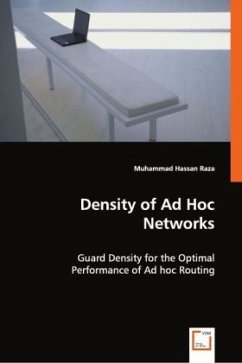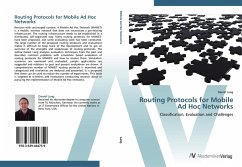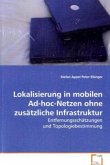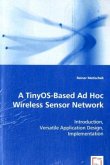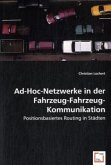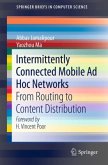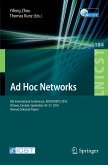Mobility in ad hoc networks changes topology unpredictably over time and density varies due to mobility. Increasing density can result in congestion, collisions, and increased power consumption. When density is low, the coverage tends to be poor. That's why, density is considered as an important metric for defining a network environment. The density of an ad hoc network is referred to when performance metrics are defined, when researchers define the context of an ad hoc network for experiments, when different protocols are developed and when different kinds of protocols are compared. Despite the importance of density, little research appears to have been done to determine its value in an ad hoc network environment. Density of ad hoc networks is determined by applying some basic anthropogenic counting concepts such as population census and traffic analysis. A statistical algorithm keeps the changing status of density updated. All the density algorithms were verified by simulationsin OPNET Modeler.
Bitte wählen Sie Ihr Anliegen aus.
Rechnungen
Retourenschein anfordern
Bestellstatus
Storno

